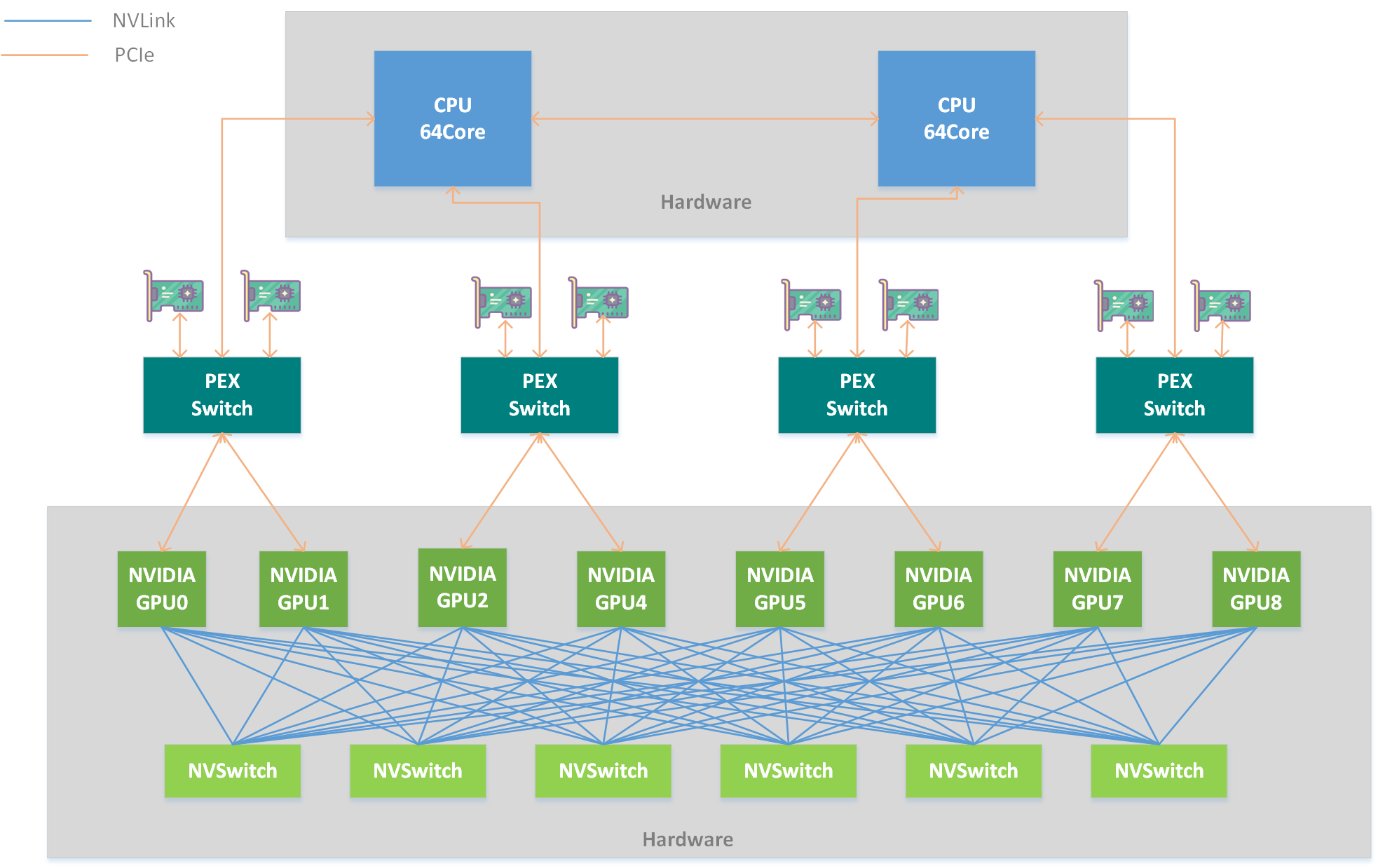Project Background
With the rapid development of information technology, enterprises face increasingly intense market competition and constantly evolving customer demands. To maintain competitiveness and deliver outstanding customer experiences in such a complex environment, the client company initiated the AI Digital Human project.
Project Overview
This project aims to leverage cutting-edge artificial intelligence technologies to
develop a highly humanlike, intelligent virtual assistant that addresses business
needs across customer service, marketing, and internal training.
By deploying AI Digital Humans, companies can not only improve the efficiency and
quality of customer interactions but also create more engaging, personalized
experiences in marketing and deliver immersive learning environments in employee
training. This initiative represents both a technological innovation and a key step
in the company's digital transformation journey.
Architecture Topology

Software Interface

Key Advantages
- Infrastructure Optimization. High-Performance Computing: Supports large-scale parallel computing, accelerating AI model training and inference. Elastic Scaling: Dynamically adjusts computing resources to improve system efficiency.
- Integrated Technical Resources. Computing Power Enhancement: Combines GPU server clusters and AI acceleration cards to optimize performance and reduce energy consumption. Technology Partnerships: Collaborates with NVIDIA, Intel, and others to ensure technological advancement and system reliability.
- One-Stop Solution. Full Stack Support: End-to-end solutions covering hardware, software, and backend services. Rapid Deployment: Modular design shortens implementation cycles and reduces deployment costs.
- Ongoing Support & Optimization. Technical Updates: Regular upgrades to algorithms and hardware to stay at the cutting edge. 24/7 O&M: Round-the-clock professional support ensures stable operation. Performance Tuning: Continuous monitoring and optimization to enhance user experience and system efficiency.
Customer Pain Points & Challenges
- Computing Power & Cost Pressure. Problem: AI model training and inference require high-performance computing (e.g., GPU clusters). Self-built infrastructure is costly with low utilization, resulting in either resource shortages or idle waste. Impact: Slower model iteration, delayed responses, and low return on investment (ROI).
- High Barrier to Technology Adoption. Problem: The AI technology stack is complex (hardware + algorithms + frameworks), and enterprises lack integration capability. Multiple vendors are involved, causing long deployment cycles and high costs. Impact: High idle rate of equipment, poor technical adaptability, and unclear responsibilities.
- Rigid User Interaction. Problem: Traditional virtual assistants rely on scripted responses, lack emotional recognition and dynamic adaptability, leading to mechanical, impersonal interactions. Impact: Low user satisfaction, weak marketing conversion, and limited training effectiveness.
Customer Benefits
- Improved Efficiency & Reduced Costs. Labor Cost Savings: 30% reduction by automating repetitive customer service tasks, allowing staff to focus on high-value work. Resource Optimization: Elastic computing resource allocation reduces idle hardware by 30%, lowering O&M costs.
- Enhanced User Experience. +40% Satisfaction: Emotionally responsive, multimodal interactions (voice/facial/text) deliver personalized services and reduce communication barriers. 20–30% Higher Conversion: Virtual personas and immersive marketing scenarios increase user engagement and drive sales conversions.
- Technological Leadership. Top-Tier Performance: Powered by NVIDIA GPU clusters and model platforms, model iteration speed improved by 60%.Continuous Innovation: Regularly integrates cutting-edge technologies such as large language models to stay industry-relevant and avoid obsolescence.
- Full-Spectrum Digital Acceleration. Complete Business Coverage: Rapid deployment across customer service, marketing, and training scenarios, streamlining traditional workflows. Data-Driven Decisions: Accumulated user behavior data builds a knowledge base to support accurate forecasting and market trend analysis.